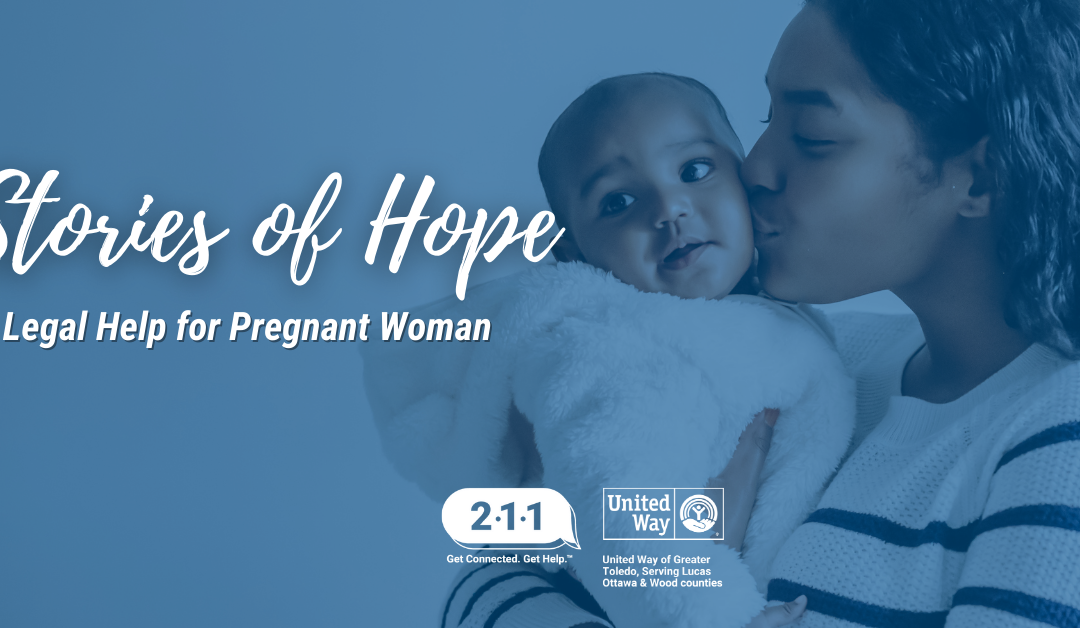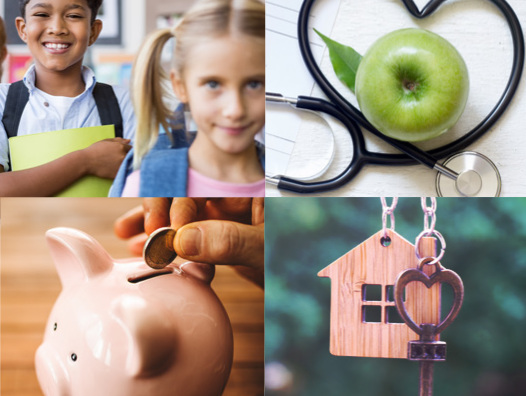It was Tuesday morning and the sun was beaming beautifully with only a few clouds in sight. I couldn’t picture a more perfect day.
Looking around my classroom, I could tell most of the children in my preschool class were cheerful, enjoying the sunshine through the windows, while running around, burning off energy. Most of the kids were cheerful, but not all…
Every year, I always have children in my class who I can tell are dealing with big issues; sometimes too big for them to understand at this age. A lot of the emotional anxiety stems from the transient nature of the community they live in. The truth is, I never really know how long I’ll have a student for, because many of them move from home to home so often.
“Children move in and out of my class and it’s not enough time to really make a connection with them.”
It was really challenging trying to find the best way to teach them how to recognize, understand and deal with the complex emotions they were having. That was until I discovered SEED (Supporting Early Emotional Development) at Harbor Behavioral Health. There, I was connected with Marvin, one of their social-emotional instructors. Marvin gave me tips and some useful strategies on how to hold conversations with my young students when dealing with conflict and addressing their feelings.
Today, my classroom was bustling with cheerful students using their imagination to either thwart off creatures attacking their castles or attending tea parties with Mr. Teddy Bear and his friends. Yet, glancing around the room, I paused when my eyes landed on Tommy, one of my five-year-old students.
Tommy was hiding in the far corner of the class, his fists clenched and his face very sad and distant. I could tell something was wrong. Armed with some of Marvin’s tips, including the “emotion cards” he had given me, I headed toward Tommy.
“Tommy,” I said, pulling out two cards – one with a big smile on it and the other showing a sad frown. “Which card shows how you’re feeling?”
Slowly Tommy pointed to the frown card.
“Can you tell me why you are feeling so sad?” I continued.
A tear feel down his cheek as he started to explain, “Momma just told me we are going to move… again. I like my room and my home, I don’t want to go.”
With the simple help of two cards, I was able to start a conversation that, in the past, I struggled to have. I could help Tommy identify his emotions and properly address his sadness. I could also connect with him through words of reassurance.
“It’s okay to feel sad and cry sometimes,” I said as I sat down beside him. “Moving can be a scary thing. Even though you’re moving out of your home, that doesn’t mean this school and your friends are moving, too. We’ll still be here for you…”
I noticed the clenched fists Tommy had during our conversation started to become relaxed. I felt relieved to already know that Tommy would be staying with us. His mom had mentioned it to me in passing during morning drop-off a few days ago.
Across the room, I saw Tommy’s classmates getting ready for their pretend “castle attack”. He slowly walked towards his friends, feeling better after our talk. That simple reassurance allowed Tommy to see the life and activity around him. In the light of the sun, he looked back at me with a small smile.
“Go ahead,” I said. “Help your friends defend their castle.”
As I watched him slowly walk away, I thought for the millionth time what it must be like to see the world through the eyes of a child.
~
This post is brought to you by the generous support of Signature Bank, a locally owned and operated banking system, serving the various communities of Northwest Ohio. It’s Signature Bank’s mission to make a difference and go the extra mile for their clients, while also making a difference in their community.
~
*This blog post is fictional but based on a real success story submitted by SEED, a program of Harbor Behavioral Health. All identities of submitted success stories are anonymous for privacy and story details have been added in order to provide a better understanding of the individual’s personal successes and struggles.






















